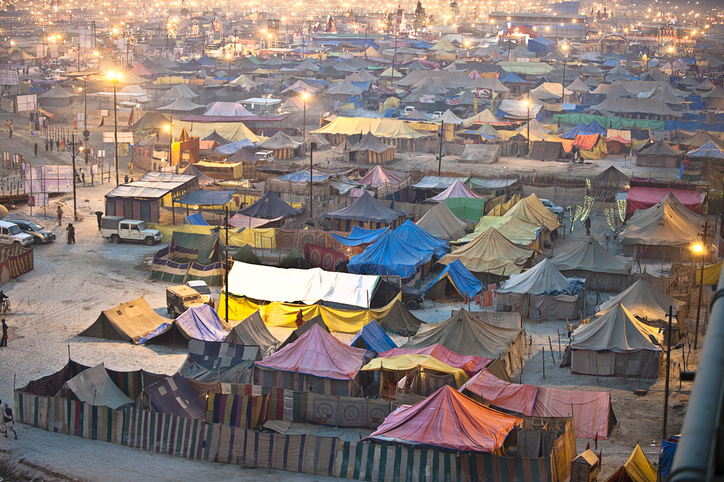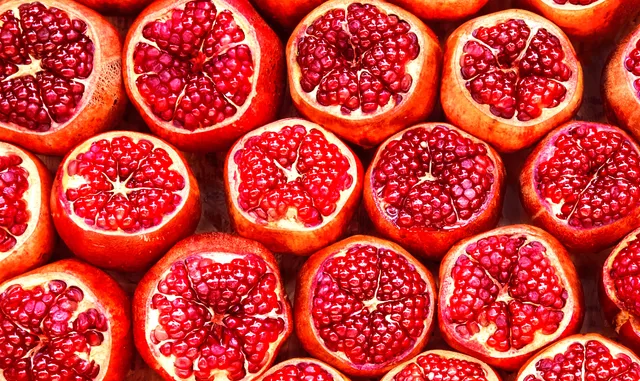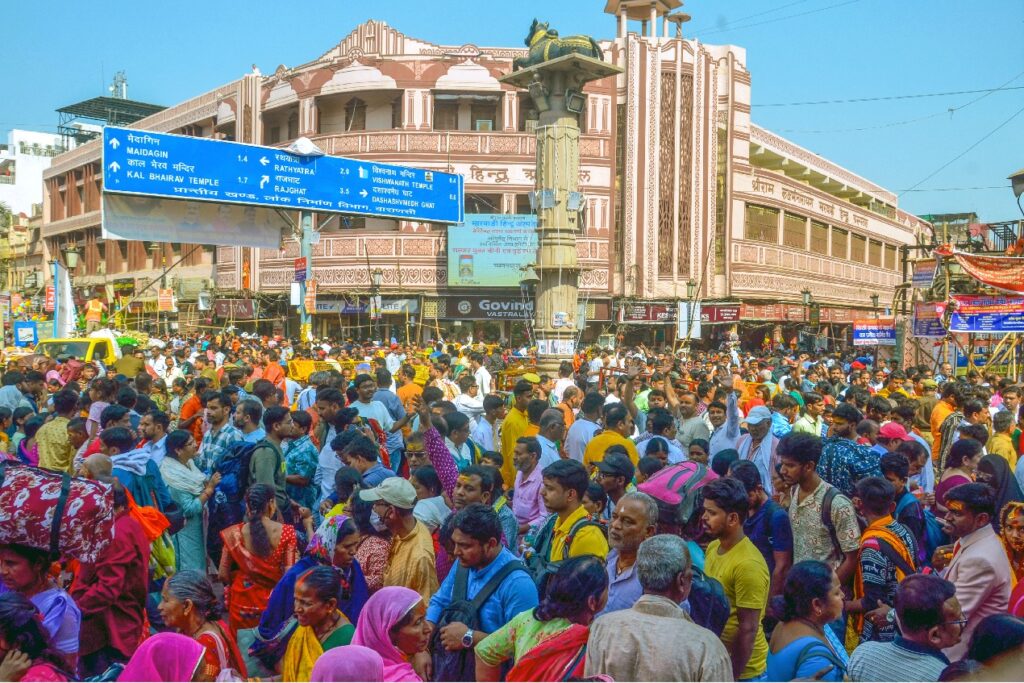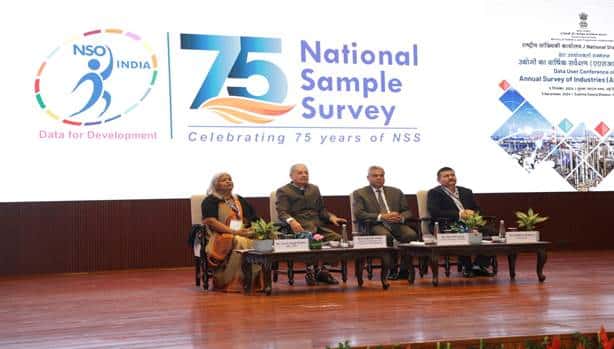Mahakumbh 2025: A massive spiritual gathering with unparalleled astronomical economic potential

The Maha Kumbh 2025 promises not only spiritual rejuvenation for millions but also a significant economic impact on the region, the host city, and the state in which it is held. Estimates suggest that around 40 to 45 crore people will visit this religious event during its 45-day cycle, from 13 January to 26 February 2025.
The Uttar Pradesh government has allocated ₹6,990 crore for Maha Kumbh 2025, targeting local infrastructure development such as tents, logistics, and sanitation. This investment underscores the administration’s commitment to ensuring a seamless experience for millions of devotees while simultaneously fuelling local economic growth.
According to the Confederation of All India Traders (CAIT), the event is expected to generate a turnover of ₹25,000 crore from the mela area. Key contributors include puja items worth ₹5,000 crore, dairy products valued at ₹4,000 crore, flowers accounting for ₹800 crore, and the hospitality sector producing around ₹6,000 crore. These figures illustrate the vital role played by local and small-scale industries in driving economic activity during the Maha Kumbh.
Moreover, broader economic projections indicate an impact exceeding ₹2 lakh crore, according to Uttar Pradesh government. This highlights the event’s potential to energise both regional and national economies.
To accommodate the massive influx of devotees, an extensive network of temporary and permanent accommodation has been developed. This includes 1.6 lakh tents, alongside numerous hotels, guest houses, and dharmshalas. This expansive housing plan not only caters to pilgrims but also creates flourishing opportunities within the hospitality industry.
In India, private consumption drives around 70% of GDP growth, as highlighted by an analytical paper from Axis Bank. India’s consumer market is expanding rapidly and is projected to become the third largest globally by 2030. Massive religious events such as Maha Kumbh 2025, widely regarded as one of the world’s largest gatherings, reflect these consumption trends, as millions of visitors spend on accommodation, travel, and daily personal and religious needs. Collectively, these expenditures boost local and regional economies on an unprecedented scale.
Brand advertising and marketing campaigns, focusing on key attractions like the Amrit Snans, are further expected to inject thousands of crores into promotional activities, primarily through advertising.
Different estimates have offered varying figures for total trade volume, ranging from a base of ₹4 lakh crore to a high of ₹4.5 lakh crore, based on local trade and travel expenses. Detailed calculations further underscore the revenue potential of Maha Kumbh 2025. According to figures provided by Awanish Awasthi, the current adviser to Chief Minister Yogi Adityanath and a former IAS officer, each devotee, on average, may spend approximately ₹8,000. By applying that average to 40 crore devotees, the total stands at ₹3.2 lakh crore. If footfall reaches the higher estimate, the total trade turnover over the 45 days could rise to ₹3.6 lakh crore.
The actual real expenditure by each devotee may be higher than this when seen in correlation with an NSSO survey done in 2014–15 on overnight travel. Of 5.84 crore overnight journeys identified in the survey, 8.29% were for pilgrimages or religious trips with an average expenditure of ₹2,717 per day. This was the figure obtained 10 years ago. Today, a multi-day stay for Maha Kumbh in Prayagraj may easily cross the ₹10,000 mark. With the 45 crore footfall, it can be business activity worth ₹4.5 lakh crore or USD 52 billion.
The Maha Kumbh 2025 represents a powerful blend of spirituality and economic opportunity. The sheer economic scope of the Maha Kumbh eclipses virtually all other global events.









